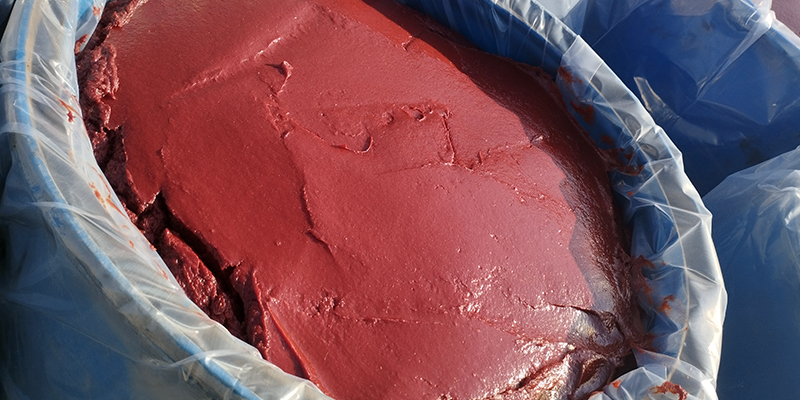
Viscosity is a measure of the thickness of tomato paste. The optimal viscosity for tomato paste is between 25 and 35 milliliters per second. Bostwick, another important index, requires specific conditions for execution, including a Brix of 12.5% and a temperature of 20 degrees Celsius. This test assesses the flow rate of tomato paste in 30 seconds.
Acetic acid bacteria are a type of bacteria that can cause spoilage in tomato paste. They are typically found in low-acid foods such as tomato paste. To control the growth of acetic acid bacteria, tomato paste is generally processed at a high temperature.